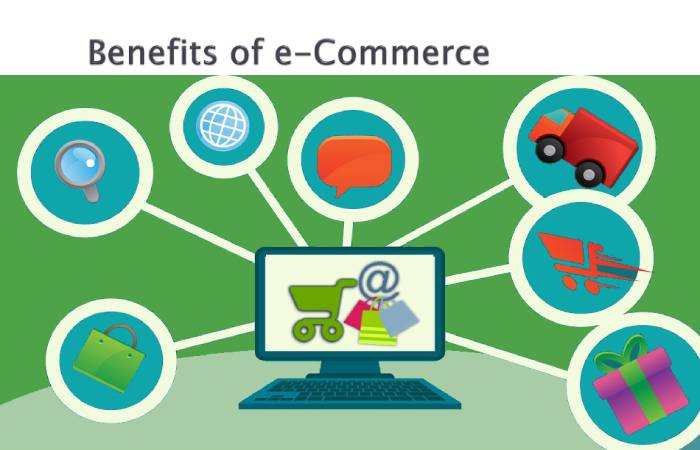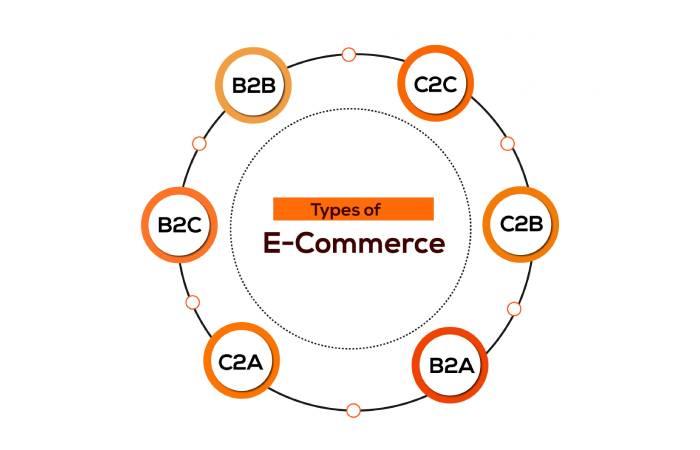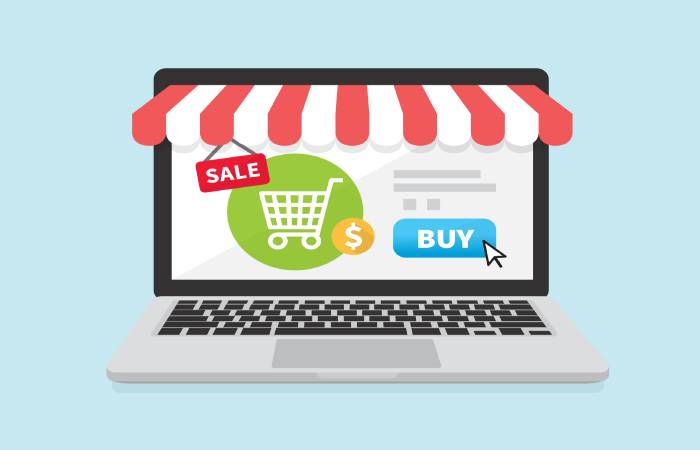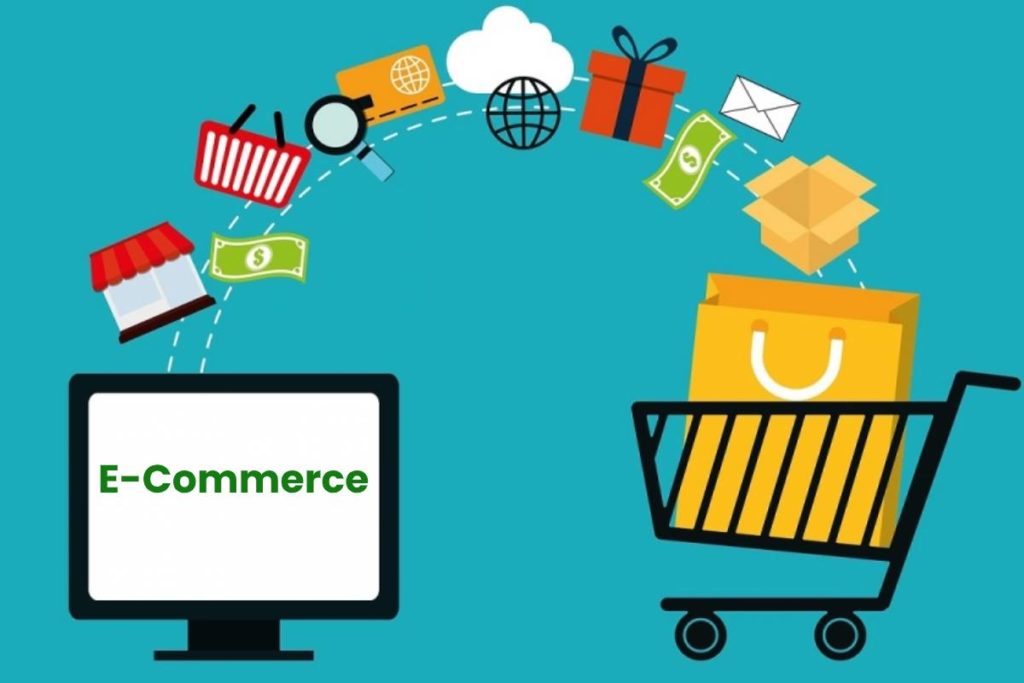Table of Contents
What is E-Commerce?
E-commerce also knows as electronic commerce or internet commerce. It refers to the buying and selling properties or services using the internet and the transfer of money and data to execute these transactions.
Ecommerce often refers to the sale of physical products online, but it can also describe any commercial transaction facilitated through the internet.
What are the Benefits of E-Commerce?

If you paid attention to this point, you already understand some of the advantages of e-commerce, such as its global reach, ubiquity, and exposure.
However, there are many more specific advantages of this marketing method, and below we will explain 3 of them.
1. Flexibility and Simplification
- To have a successful virtual store, you will not need hundreds of employees, as long as you have good architecture and technological support.
- Also, there are answers such as Dropshipping, which significantly simplifies the online sales process.
- This model allows electronic businesses to operate without a stock, as it directly links with the provider.
2. Access to Information
- Later, we will discuss Digital Marketing and Inbound Marketing, but we will tell you that developing this strategy is much easier when it market electronically.
- They are providing access to valuable information about customer identification, consumption patterns, and market preferences.
- Furthermore, it is straightforward to follow the different metrics and KPIs of e-commerce, including the conversion rate.
3. Lower Investment
- In recent years, e-commerce has not only to develop a source of profitability for large brands. It has also recognized itself as an excellent alternative for small and medium entrepreneurs.
- However, it is since it requires a much lower asset than traditional commerce.
- It also saves worker payroll costs, high-volume inventory, and physical stores’ maintenance and rental expenses.
What are the Characteristics of E-Commerce?
Although like traditional trade, its ultimate goal is to generate sales, electronic marketing is certainly very different.
Many characteristics differentiate e-commerce from what decades ago we knew as commerce, and these are some of them:
1. Global Reach
- Years ago, for a company to generate sales on another continent, it had to be a colossal organization with different branches, collaborators, and a tremendous logistical capacity.
- Instead, e-commerce gives everybody who wants to get into its global reach. And it is that consumers from any country will be able to enter your virtual store or account in social networks.
- You have to develop the correct strategies to connect with them.
- Speaking of countries, Mexico and Colombia have remained one of the main ones in Latin America in terms of virtual stores’ development.
2. Ubiquity
- Do you know what this term means? It refers to that which can be current everywhere at the same time.
- Yes, just like it does. If you wish, a virtual store can help the public 24 hours a day, irrespective of where the user is.
3. Interactivity
- Another characteristic of e-commerce is that it encourages constant feedback from consumers and brands.
- In seconds, users can ask questions, comment on products, and even raise complaints.
- Meanwhile, stores concerned with customer service can respond to any interaction immediately.
Uses of E-Commerce
At this point, we will focus on the usefulness of this marketing method for companies and entrepreneurs. Specifically, we will talk to you about three things that e-commerce use.
1. Increase in Sales Opportunities
- Logically, a business that operates traditionally will significantly increase its sales opportunities if it also decides to take advantage of electronic channels.
- On the other hand, brands that exclusively dedicate themselves to this form of commerce.
- It also has more excellent opportunities since they have access to a global community of millions of users.
2. Launch of Innovative Products
- In the traditional market, the launch of innovative products requires a substantial investment in advertising.
- An enormous logistical structure to take it to the right points of sale or suppliers and a sales team’s productivity.
- That is why many medium and small entrepreneurs use electronic commerce to offer novel services or articles.
- They allow users to know their specifications and even interact with some of its functionalities before buying them.
3. Brand Recognition
- If your business has years of experience, but its brand recognition is very low, you certainly need e-commerce.
- Marketing in the large Internet community and social networks helps a brand go from being “invisible” to being known by many users and market players.
What is the History of E-Commerce?
- To talk about the history of e-commerce, we don’t have to go back very far. Like many of us, this method of marketing is from the millennial era.
- The beginning of e-commerce is related to the Internet’s opening for commercial use in the innovative year of 1991.
- However, it was not until 1994 that the first company was born with a large commitment specifically directed at electronic channels: Cadabra.
- And this is one of the most critical fruitful ventures in history.
- No, it is not that you have existed in a bubble in recent years. What happens is that in 1995 Cadabra changed its name to Amazon (now you know what we are talking about).
- Amazon started as an online bookstore that later expanded to all kinds of products, becoming a role model for many other entrepreneurs.
What are the Types of E-Commerce?

This marketing method is so industrialized today that it has different types of e-commerce and specific action fields.
1. B2B E-Commerce
- E-commerce stands for Business to Business (B2B).
- Its focus not directly connect to the final consumer but suppliers, retailers, and other mediators.
2. E-commerce B2C
- Now we are speaking around Business to Consumer (B2C).
- As for end-users, this is who we interact with when we request a product or service in one of our favorite virtual stores.
3. E-commerce C2C
- C2C stands for Consumer to Consumer.
- It means that this kind is nothing more than the migration to the digital realm of garage sales, neighborhood markets, or, simply, direct marketing between two or more individuals.
4. E-commerce G2C
- When we denote to the acronym G2C stands for Government to Consumer.
- It shelters all those transactions, purchases, and payments that an inhabitant can carry out before the State’s online systems.
What are the Best E-Commerce Platforms?
There are different alternatives to marketing electronically, and one of them is through platforms that act as intermediaries between entrepreneurs/producers/businesses and their target audience.
They also help develop strategies and actions aimed at consolidating a business focused on e-commerce. Some of these are:
1. Shopify
This platform, developed in Canada, offers hosting, website creation, Marketing tools, and other plugins in exchange for a monthly payment.
2. PrestaShop
This platform will allow you to create your virtual store through an intuitive and straightforward interface with more than 4 thousand design templates. Also, PrestaShop will link you with thousands of providers.
3. WooCommerce
This open-source plugin designs explicitly for small, medium, and extensive online merchants are running WordPress.
How to Set up an E-Commerce Store?

Good question! Although you already know some e-commerce platforms, that is not all you need to know to succeed in this sector! That said, pay attention to these 4 steps to create an online store in an organized way.
1. Define the Product (s) or Services you will Sell
- A virtual store cannot have a confusing offer. You must define and segment the products, services (or groups of these) that you will market.
- Logically, this must accompany in-depth market research and the delimitation of the target audience.
2. Establish Suppliers or Logistics Points
-
- Guaranteeing supplies is essential before undertaking any business, and a virtual store is no exception.
- Remember that you are not obliged to have a physical and immediate inventory in the digital field since you will link with a supplier.
- It also defines logistical points such as delivery times and those responsible (your team or third parties) for them.
Please see the helpful resource below for ways you can speed up your e-commerce deliveries.
Provided by FMH Conveyors – versatile flexible roller conveyor for your business
3. Build the Store
- You already know that you can do it through a platform specialized in electronic commerce.
- However, if you want an even more personal concept, opt for your development (with the support of experts in programming, design, and other areas, of course).
4. Define your Virtual Strategy
- What social networks will you use? How will you attract users to your store? It would help if you answered these and many other questions in your manual or virtual strategy guide.
Conclusion
That’s it! You already know what electronic commerce is about, its benefits, and how it is optimized thanks to Digital Marketing, among many other things.
Was this information helpful to you? If you want to nourish yourself with more knowledge to start or optimize a business in the digital world.
Please look at this material on how to sell online and apply the strategies we show you successfully!

